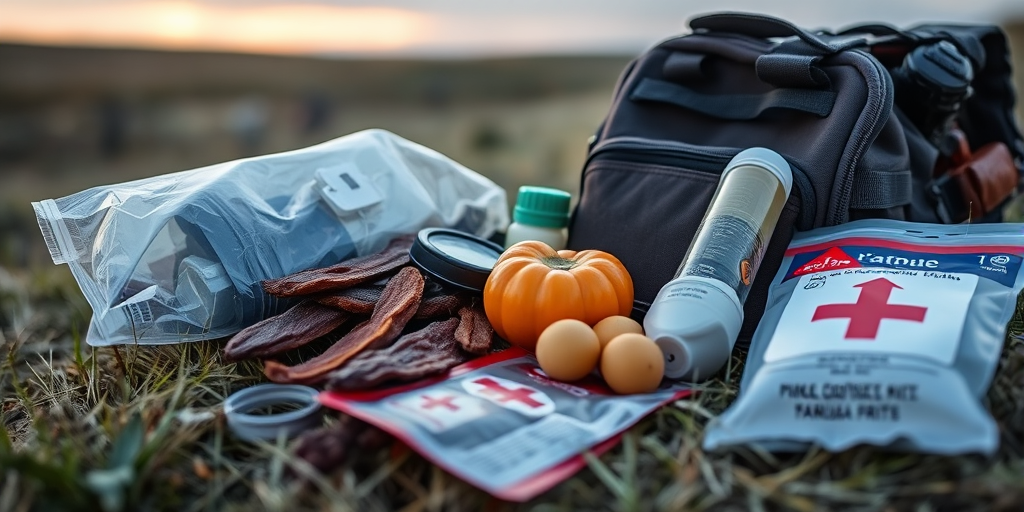Think your survival kit could match the streamlined efficiency of elite special forces? In their survival skit, these highly trained professionals pack a compact yet versatile kit that outperforms bulky combat go bags in mobility and purpose.
By prioritizing rapid deployment and multi-functionality with tools like tactical knives, compact water filters, and advanced communication devices, they redefine combat readiness. This demonstration reveals that when every ounce counts, precise and purpose-built gear is the cornerstone of effective field survival.
Essential Gear Breakdown in a Special Forces Survival Skit

Special forces survival skits rely on a compact selection of gear that spans cutting tools, navigation aids, communication equipment, and first aid solutions. Every item is meticulously chosen to support rapid deployment and versatile functionality in dynamic scenarios. Cutting tools like precision combat blades and universal multi-tools are paired with advanced communication devices and precision navigation instruments to maintain situational awareness and ensure accurate route planning.
In addition, portable water purifiers—employing straw-type filters with iodine tablets—join ignition fire starters and lightweight medical kits, underscoring the commitment to immediate access to safe water and rapid trauma management.
- Precision Combat Blade – for efficient cutting and defensive operations.
- Universal Multi-Tool – provides versatile functionality for repair and adjustments.
- Advanced Communication Device – maintains connectivity for real-time tactical updates.
- Precision Navigation Instrument – guides route planning and enhances situational awareness.
- Portable Water Purifier – guarantees access to safe hydration through straw filters and iodine treatment.
- Ignition Fire Starter – enables rapid fire creation for heat and signaling.
- Lightweight Medical Kit – equips field operatives with critical trauma care tools including tourniquets.
- Compact First Aid Kit – delivers immediate management of minor injuries with portable supplies.
Each component in this elite kit plays a defined tactical role, highlighting the balance between minimal load and maximum efficiency. In practical survival scenarios and training exercises alike, every tool—from the ignition fire starter to the advanced communication device—bolsters combat readiness, enhances mobility, and empowers special forces to swiftly adapt under pressure.
Modifications and Tactical Considerations in Special Forces Survival Skit Demonstrations

Special forces continuously refine their survival kits by eliminating bulky, non-essential items to maximize mobility and ensure swift deployment in dynamic operational environments. This approach leads to streamlined wilderness packs that provide essential resources while reducing weight and complexity. By tailoring each kit to the specific demands of urban, desert, or jungle missions, operatives ensure that every component contributes to both immediate functionality and long-term mission viability. Emphasis is placed on adaptable, multi-use tools and covert mission accessories that deliver tactical precision, enabling special forces to maintain efficiency amid rapidly changing scenarios.
Field modifications also involve strategic equipment substitutions and targeted upgrades that reinforce rapid deployment capabilities. Tactical innovations include integrating advanced components such as the GTFO Wrist Strap with Advanced Handcuff Key (AHK3) and the 5.11 Steel Jacket Multi Tool 2.0, both of which symbolize compact design and operational readiness. Key modifications include:
- Removal of redundant gear like extra magazines to enhance kit portability.
- Substitution of bulky equipment with integrated, multi-functional devices that reduce load time and complexity.
- Adaptation of components to meet environmental challenges through specialized upgrades.
Each modification reflects an emphasis on efficient equipment arrangement and mission-specific functionality, ensuring that operatives remain agile, well-prepared, and tactically superior in every scenario.
Final Words
In the action, our analysis explored the refined survival kit special forces use, illustrating the contrast between bulky combat go bags and streamlined, rapid-deployment kit components.
We reviewed essential items—from tactical knives and advanced communication devices to lightweight hydration and nutritional provisions—highlighting their critical functions in dynamic operational scenarios.
The discussion pinpointed what do special forces carry in their survival skit, emphasizing mobility, multi-functionality, and mission efficiency.
Every element serves a strategic purpose, ensuring preparedness and confidence during unpredictable field challenges.
FAQ
Q: What are the most critical items in a special forces survival kit?
A: Special forces survival kits prioritize a tactical knife, water filtration system, fire starter, navigation tools, and compact medical supplies for maximum effectiveness with minimal weight.
Q: How do special forces handle water and hydration in their kits?
A: Special forces rely on lightweight straw-type filters, iodine tablets, and electrolyte supplements. These tools ensure clean drinking water while maintaining operational mobility.
Q: What type of food do special forces pack in survival kits?
A: Special forces pack lightweight, high-calorie options including beef jerky, dried fruits, and concentrated soup mixes. These foods provide essential nutrition while minimizing pack weight.
Q: What medical supplies are included in special forces survival kits?
A: The medical component includes trauma supplies, tourniquets, and compact first aid items focused on treating severe injuries and maintaining operational readiness.
Q: How do special forces modify their survival kits for different missions?
A: Kits are customized based on mission environment and duration. Components are selected for multi-functionality, with non-essential items removed to enhance mobility.
Q: What navigation tools do special forces carry?
A: Special forces utilize compact compasses, topographical maps, and GPS devices designed for reliable navigation across various terrains and weather conditions.
Q: What makes special forces survival kits different from standard survival kits?
A: Special forces kits emphasize tactical efficiency, featuring specialized multi-tools, covert communication devices, and mission-specific gear modifications for enhanced performance.
